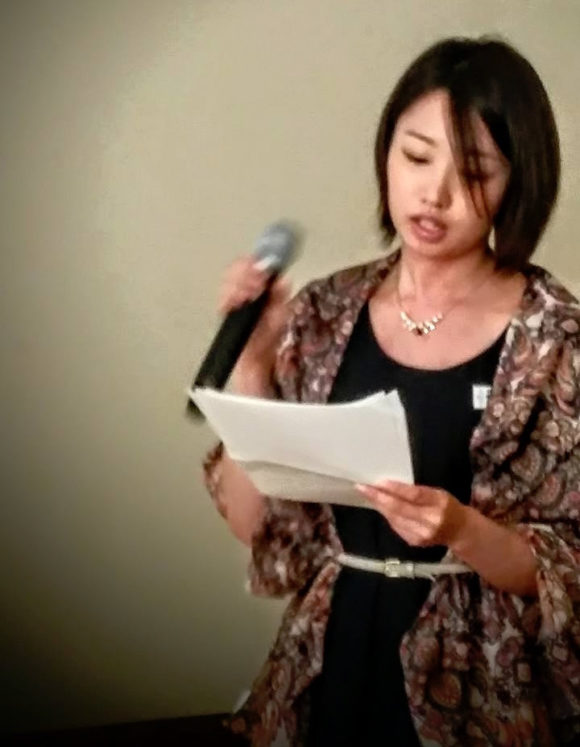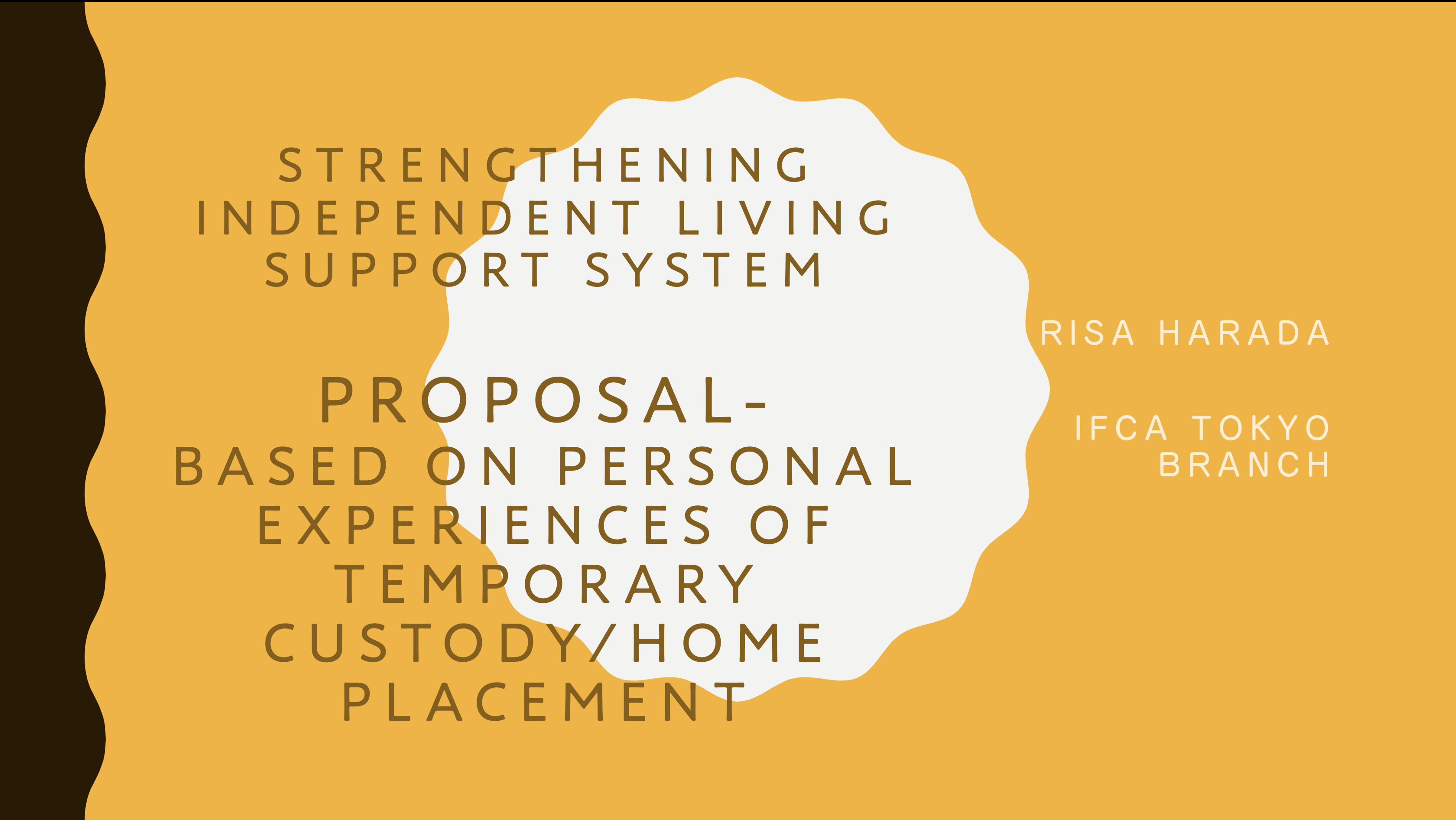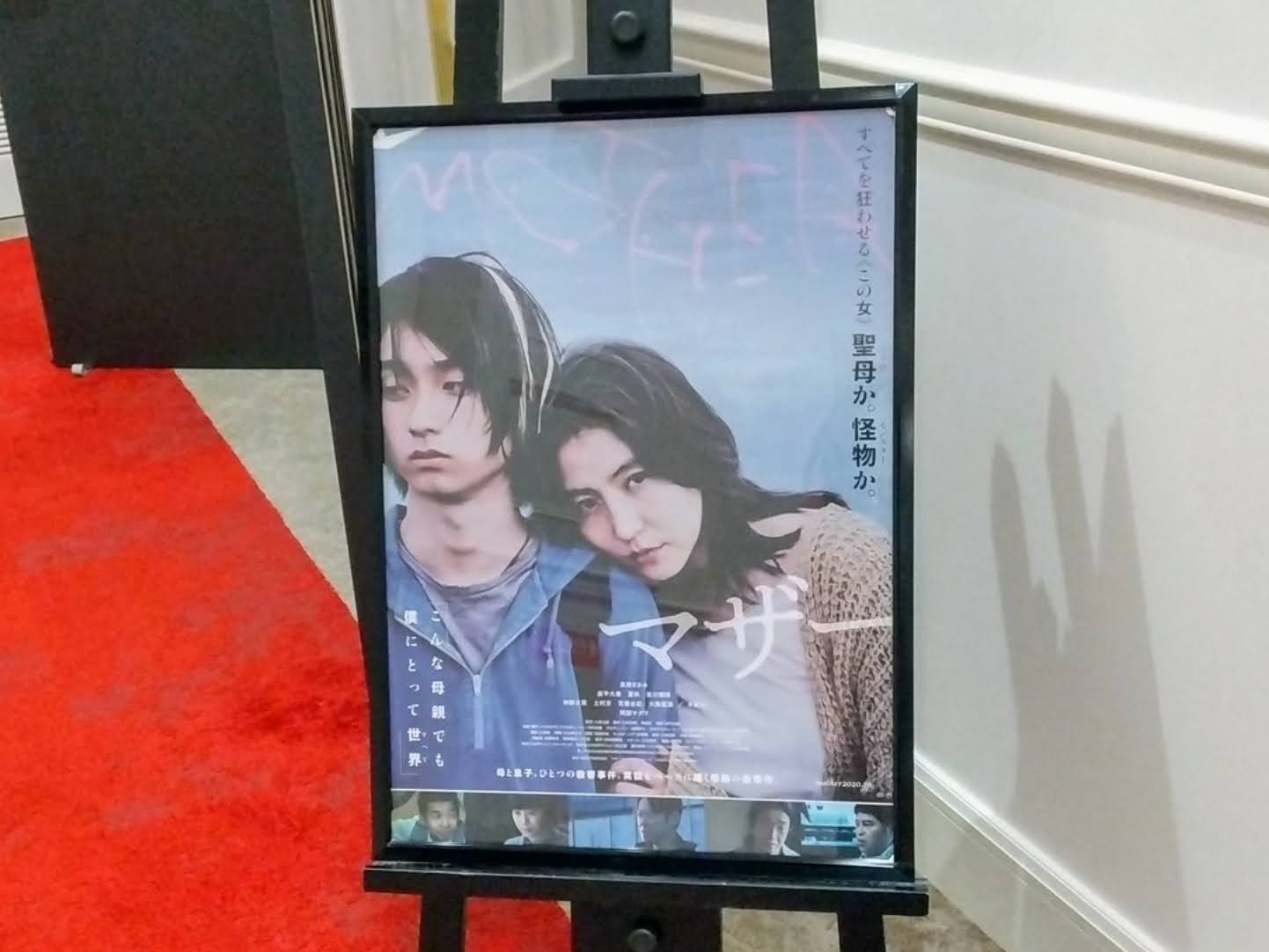Yukika
Speech for the July 12th, 2015
Hello. My name is Yukika. I am 28 years old. I am one of IFCA’s two youth program coordinators in Tokyo. I also work as a volunteer for an NPO called Bridge for Smile and am supporting their scholarship program.
I was living with my mother until I was 19. I could not tolerate my mother’s violence that continued throughout my childhood. My mother tried to stop me, but I ran away from home in the cold February weather barefooted. There still was some snow left on the ground and that was soon after I turned 19. I was forced to quit high school at age 16 and was working at that time. When I left home at age 19, there was no place for me to go. It took all my courage to leave home. However, the place that I ended up was not a foster home or a group facility. Where did I end up in? Before I go into that subject, I would like to talk about the current circumstances and issues of Japanese foster care.
In Japan, a minor means anyone under age 18. There are many reasons why children enter foster care in my country. Some children enter foster care due to parental divorce or for financial reasons. However, I would like to focus on child abuse cases today because it is the biggest reason why children enter foster care.
Let’s take a look at the actual number of intakes that child protective services received between 1990 and 2012. In 1990, the total number of intakes was 1,101. In 2012 the number jumped to 66,701. After 22 years, we have 60 times as many intakes in our country. [Slide 1.] In Japan, a child abuse prevention law was enacted in 2000. It was mandated to report suspected child abuse to welfare offices or child protective services. The rapid increase in the number of child abuse cases was partly caused by this mandate.
Regarding the number of child deaths caused by child abuse, infants under 12 months of age take up 40 % of these fatality cases. However, this statistic was taken only from reported births. If they included infants whose births were unreported, the number of death cases would have been much higher.
Let’s take a look at the types of child abuse and their respective percentages. The biggest cause of child abuse is physical abuse (35%), and emotional abuse is the second biggest abuse (34%). The next is neglect (29%) and sexual abuse. Sexual abuse is only 2% and is the fewest of all the abuse types. However, sexual abuse is harder to find and the real number could be much higher. [Slide 2.]
The next data is about child abuse perpetrators. Mothers make up 59 % of perpetrators, and fathers are 29 %. [Slide 3.] Mothers are the main perpetrators of child abuse. Why do you think that is? In Japan, nuclear families are increasing, and a mothers’ responsibilities and share of labor are getting bigger. Therefore, a mother’s stress caused by child rearing leads to abuse. I think that this trend indicates that support for mothers is essential in preventing child abuse.
The next topic is where children are placed. In Japan, most foster children are placed in group facilities. These group facilities vary in size. However, most children live in large capacity homes that hold more than 20 children. Children that are age 3 to age 18 live together in these large facilities without privacy for many years. It is very difficult for these children to have a family-like environment. Currently, in order to provide children with more family oriented care, there are efforts to reduce large facilities and increase homes with less than 12 children and 6-bed group homes. In 2008, there were 370 large-capacity group facilities. In 2012, the number was reduced to 280. At the same time, smaller facilities and group homes are increasing. Little by little, children’s living environment has been improving. [Slide 4.]
The facility where I was placed was an independent support home (ISH). Youths, aged 15 to 20, who do not have families or are unable to be with their families reside in these facilities. Youths who are trying to be independent live in these independent support homes for one year. When I entered the facility in 2006, ISHs began to be built in Japan. The place that I finally ended up in was not a foster home or a traditional large-capacity facility, it was an independent living home. ISH’s goal is for young residents to prepare for independent lives after leaving the facility. During the stay at independent living homes, most residents try to establish an economical foundation for living alone. However, I really wanted to go to college. I will explain the reasons…. When I was in elementary, middle and high-school, I was able to see my friends only at school. I never hang out with them or played with them after school. Also, one’s educational background is emphasized in Japan, and it is beneficial for anyone to have a college degree. During the one year that I lived at the independent support home, I was absorbed in my studies and in activities to prepare for independence. I was able to go to college and to be independent after all. However, my financial struggle with tuition and living cost started.
I want to talk about “ higher education disparity” in Japan. In our country, the cost of 4-year college education ranges from $18,000 to $43,000. [Slide 5.] The monthly cost of college students living by themselves ranges from $910 to $1,250. [Slide 6.]
Young people who live with their parents receive financial support such as tuition, housing and living cost. However, foster youth cannot receive financial help from adults around them, and have to tackle the financial difficulties. For this reason, many foster youth do not go to college after graduating from high school. 76% of high school graduates go to college or special vocational schools. However, how many foster youth do you think go to college in Japan? Only 22% of foster youth enter college. As I explained a little while ago, higher education costs tens of thousands of dollars. Foster youth cannot expect to receive financial support. Therefore, even if they want to go to college, they have to give up on their dreams due to their financial circumstances. [Slide 7.]
I thought about leaving college because of financial reasons. Even with a very strong will, it is difficult to juggle school and work. I did not have any adults to talk to. Some foster youths in college become exhausted physically and emotionally. As a result, the college dropout rate among foster youth is three times as high as that of the general population.
“18 year olds who are unable to choose to go to college.”
“Giving up on graduating from college due to long working hours. “
These situations cannot be explained by just the term “higher education disparity”. Foster youth cannot have dreams of higher education, or aren’t allowed to have dreams to go to college. This, I think, is a gross disparity in freedom to have hope.
I went to a 4-year college and was able to graduate. 4 years have passed since graduation and I am still paying back my financial aide. Scholarship choices are increasing for foster youth. However, the rate of foster youth who enter college is still very low. I think that this is one of the most serious problems of Japanese foster care. I wanted to challenge this problem. I wanted to help foster youth who were in similar situations as mine. Currently, as a volunteer, I am participating in a foster youth scholarship program sponsored by an NPO called Bridge for Smile. http://www.b4s.jp
On top of the problem with higher education, Japanese foster care has many other challenges. I would like to continue working towards narrowing the gap between the lives of foster youth and young people who are from ordinary families, and towards improving foster youth’s environment.








Leave a Reply